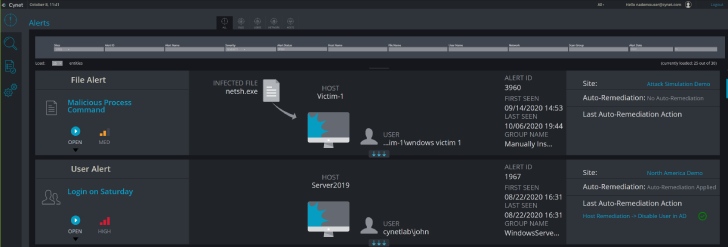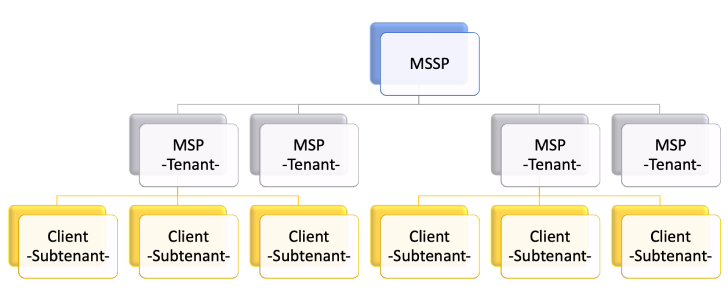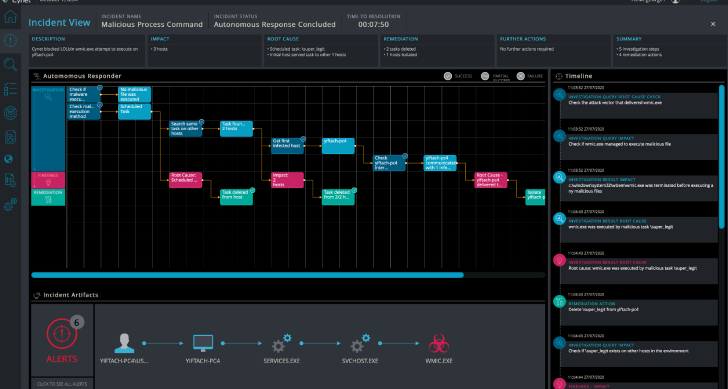Managed Security Services Providers (MSSPs) have it rough. They have the burden of protecting their client organizations from cyberattacks, with clients from different industries, different security stacks, and different support requirements. And everything is in a constant state of flux.
MSSPs are turning to multitenant solutions to help reduce the complexity of managing multiple security solution instances across their client base. Multitenancy allows various independent instances of a solution to be managed in a single, shared environment.
Cybersecurity company Cynet just published an instructive paper on the benefits along with the key considerations MSSPs should evaluate when selecting a multitenant platform (download here).
Eliminating Information Overload with a Single Pane of Glass
Many MSSPs suffer from information whiplash - jumping between screens every time a different client environment needs attention. And, effectively monitoring and responding to the torrent of security data across multiple clients requires a significant investment in resources.
According to a recent [Cynet report], multitenant platforms allow MSSPs to scale their business with far fewer resources while improving their security posture by consolidating all operations oversight and management into a single, unified platform.
The Cynet report indicates that multitenant platforms have different levels of capabilities, so MSSPs should choose their provider carefully. Some of the capabilities MSSPs should consider when selecting a multitenant XDR or EDR platform include the following.
See the Cynet report for the full list.
Single Management Console - Unified visibility across all customers enables security teams to manage multiple customers efficiently and reduce response time.
Example of alerts from different clients (sites) aggregated in the Alert View
 |
| Example of alerts from different clients (sites) aggregated in the Alert View |
Tenant and Subtenant Management - Better platforms will allow for each tenant to be further subdivided into subtenants, so the MSSPs clients can further partition the multitenant platform to their direct clients.
 |
| Example of tenant and subtenant structure in a multitenant environment |
Role-Based Management - The platform should provide role-based controls to modify access permissions per defined role.
Remote Management - The platform should present all data needed to support all clients and provide the full breadth of response actions required to investigate and remediate any threat remotely thoroughly.
 |
| Example of Incident View that automates all investigation and remediation response actions |
Putting platform capabilities aside, the ability to fully manage multiple clients on a single multitenant platform is highly beneficial to any MSSP. Couple a robust multitenant platform with comprehensive, proven threat protection, now we're talking.
Delivering world-class cybersecurity without the need for a bloated team of analysts is exactly what MSSPs need to thrive. Every MSSP should have or be evaluating multitenant solutions for all their client protection platform needs.
Download the Guide for MSSPs here
Found this article interesting? Follow THN on Facebook, Twitter and LinkedIn to read more exclusive content we post.
.png)
 4 years ago
147
4 years ago
147 















 Bengali (Bangladesh) ·
Bengali (Bangladesh) ·  English (United States) ·
English (United States) ·